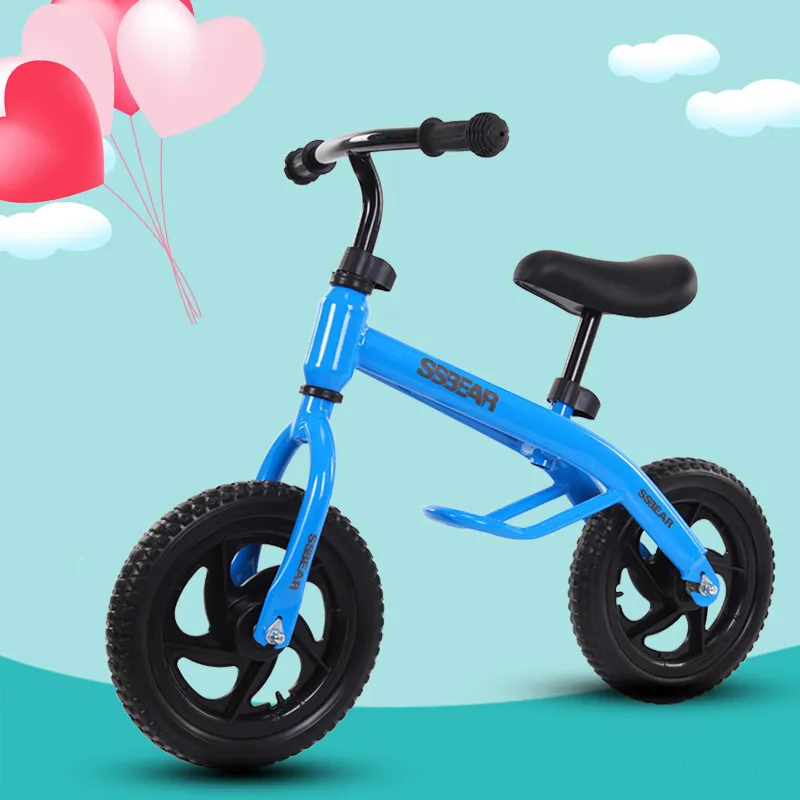Lightweight Balance Bikes for Young Kids to Improve Coordination and Confidence
The Joy of Learning Balance Little Kid Balance Bikes
In recent years, balance bikes have emerged as a popular choice for parents who want to teach their little ones the exciting skill of riding a bicycle. Designed specifically for toddlers and preschoolers, these bikes are lightweight, simple, and safe, making them an ideal first step towards bike riding. With a variety of styles and sizes, balance bikes have captured the hearts of both children and parents alike, offering a wonderful way to foster a child’s independence and confidence.
What is a Balance Bike?
A balance bike, often referred to as a push bike, is a specially designed bicycle that does not have pedals. Instead, it features two wheels and a frame which allows children to sit on the seat, push themselves along with their feet, and steer the bike. This design helps young riders learn how to balance without the added complexity of pedaling. Generally constructed from lightweight materials like aluminum or plastic, balance bikes are easy for children to maneuver, making them an excellent choice for young learners.
Benefits of Balance Bikes
One of the primary advantages of balance bikes is that they provide a perfect introduction to cycling. Children as young as 18 months can use balance bikes, allowing them to start developing important motor skills early. Here are several key benefits of using a balance bike
1. Improved Balance and Coordination Learning to balance on a bike is a crucial skill. Balance bikes help children understand weight distribution and develop better coordination without the fear of falling off a traditional bike.
2. Boosted Confidence As children learn to balance and steer on their own, they gain a sense of independence and confidence. This newfound self-assurance can positively affect their approach to other physical activities.
little kid balance bike

3. Ease of Transition to Pedal Bikes Once children have mastered balancing, transitioning to a traditional pedal bike becomes much easier. Most children who have learned on balance bikes can ride a pedal bike without training wheels by the age of four or five.
4. Safety Features Most balance bikes are designed with safety in mind. They often come with features such as low frames, adjustable seats, and brakes, ensuring that little riders can stop easily and safely.
5. Quality Family Time Riding a balance bike is not just about independence; it’s also an opportunity for family bonding. Parents and children can spend quality time together outdoors, fostering a love for physical activity and nature.
Choosing the Right Balance Bike
When it comes to selecting a balance bike, there are several factors to consider. First, ensure the bike is the correct size for your child. The child should be able to sit comfortably on the seat and reach the ground with their feet. If the bike is too big, it can be difficult for them to manage; if it’s too small, they may quickly outgrow it.
Next, look for bikes that are lightweight as this will allow your child to easily lift and maneuver the bike. Additionally, consider the frame material—wooden bikes can be stylish but might be heavier than those made from aluminum or plastic. Lastly, check for adjustable features. A height-adjustable seat and handlebars will allow you to accommodate your child as they grow.
Conclusion
In conclusion, little kid balance bikes are more than just toys; they are valuable tools that promote physical development and help children master the vital skill of balance. As they enjoy riding and exploring, children build confidence and gain a sense of freedom that is both exhilarating and empowering. For parents looking to introduce their little ones to the joys of cycling, a balance bike may just be the perfect starting point, paving the way for countless adventures on two wheels. Now is the time to invest in your child’s active future—it’s a decision that will foster lifelong memories and a love for cycling.
-
kids-scooter-tiny-olympic-games-scooterathlonNewsAug.22,2025
-
kids-scooter-waves-xingtai-zhongzhous-global-rippleNewsAug.22,2025
-
baby-tricycle-oem-legacy-zhongzhou-forgedNewsAug.22,2025
-
xingtais-twin-tricycle-revolution-siblings-ride-togetherNewsAug.22,2025
-
baby-tricycle-design-inspired-by-ancient-armorNewsAug.22,2025
-
nfc-chip-enabled-oem-baby-tricycle-trackingNewsAug.22,2025
-
The Perfect Baby TricycleNewsAug.11,2025








